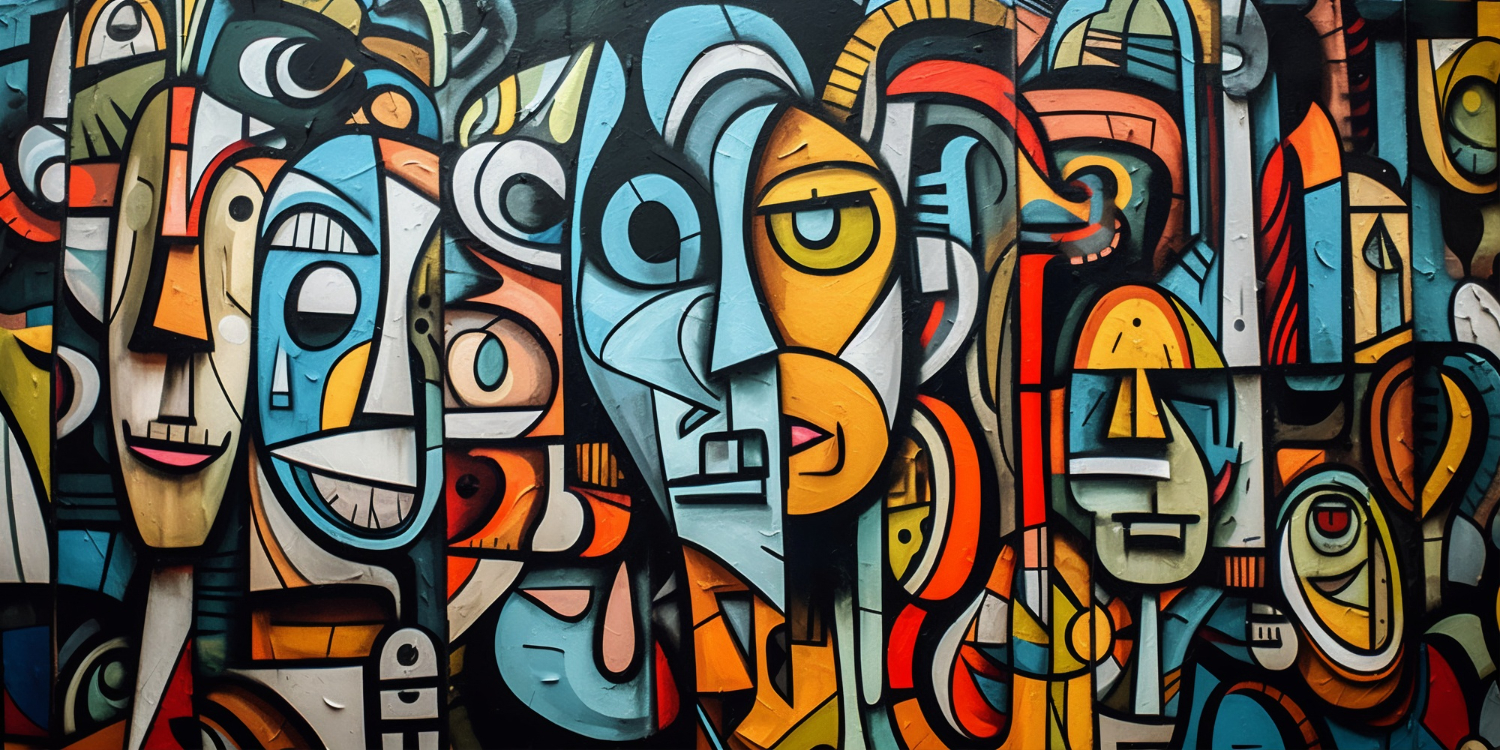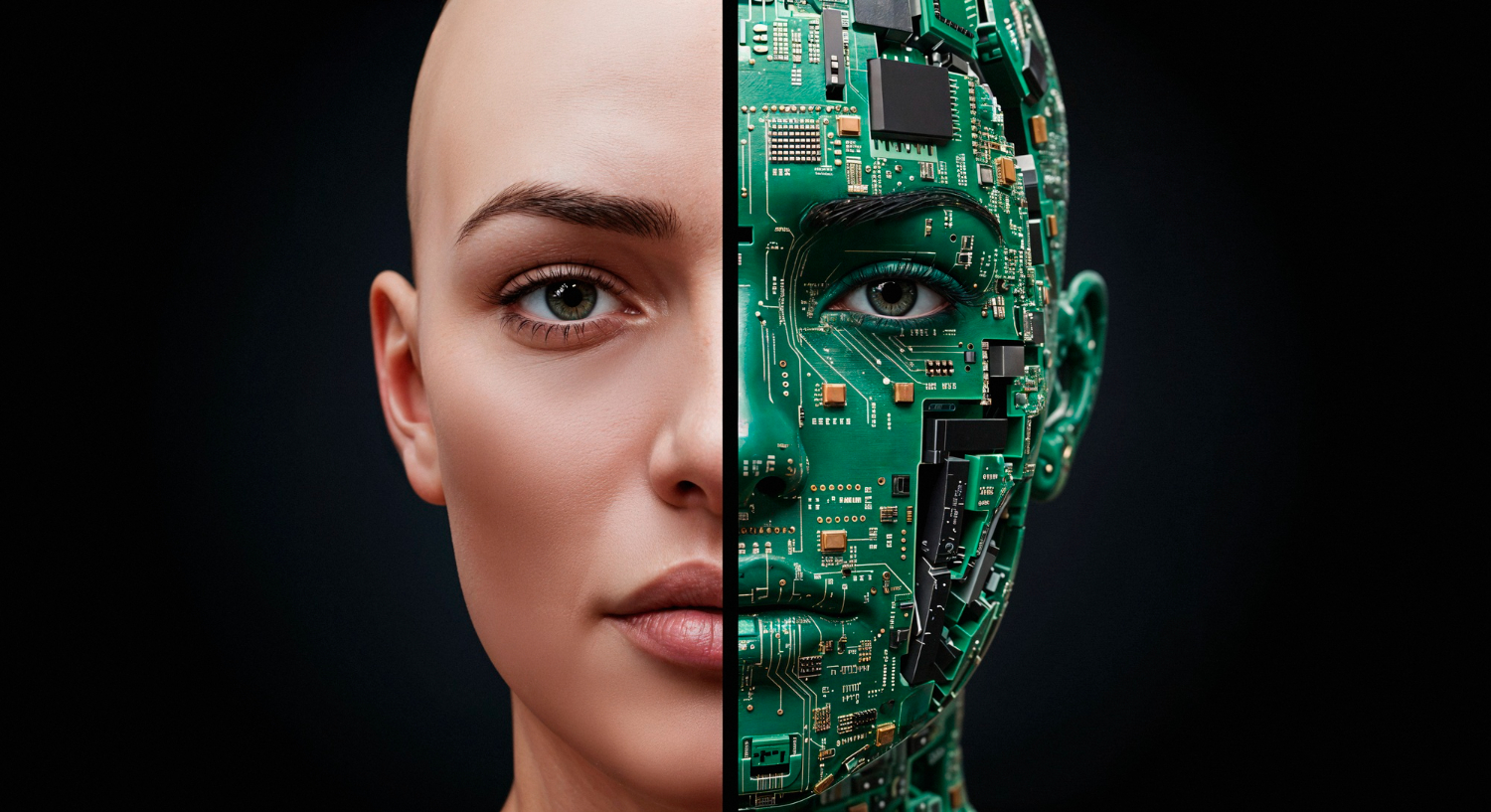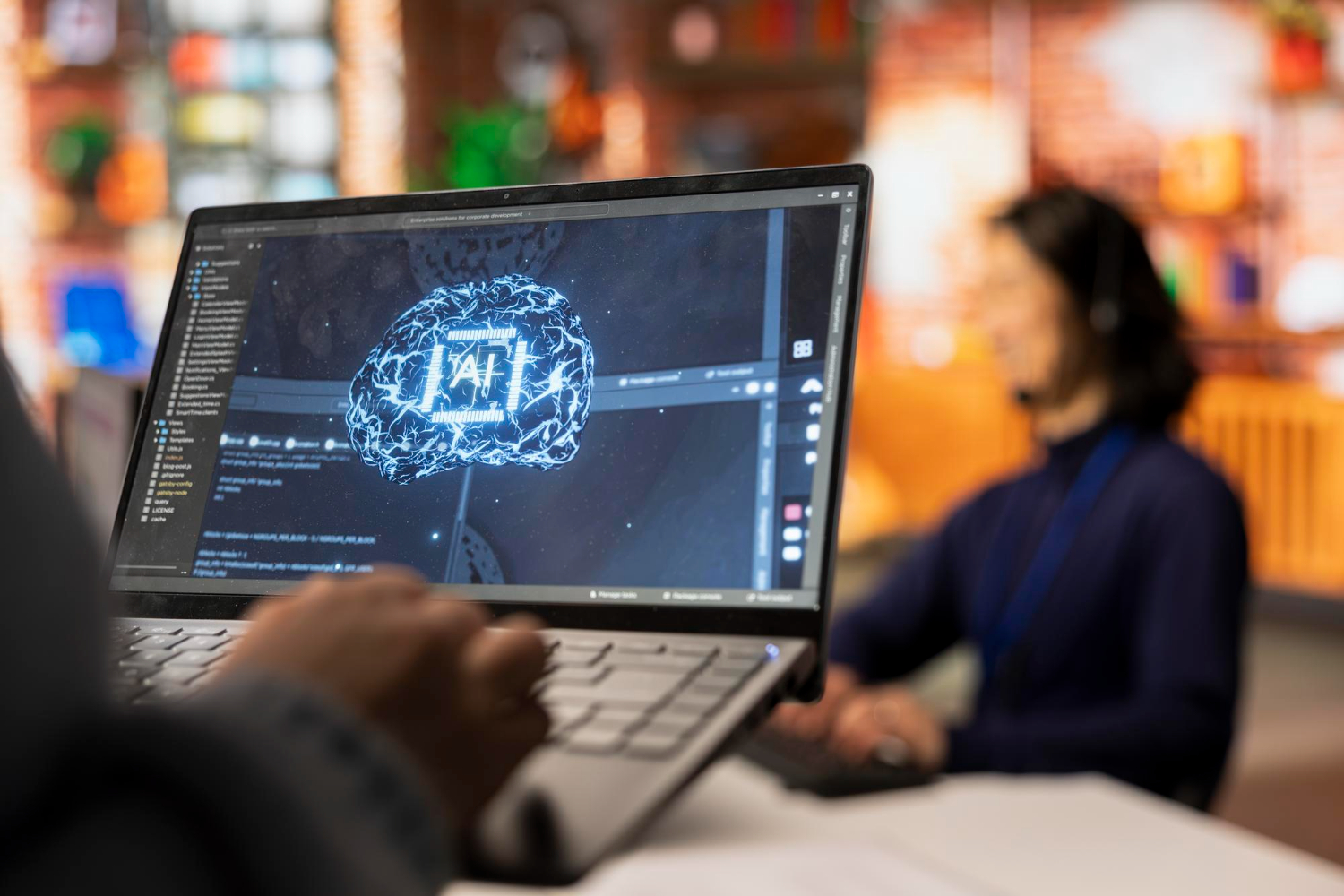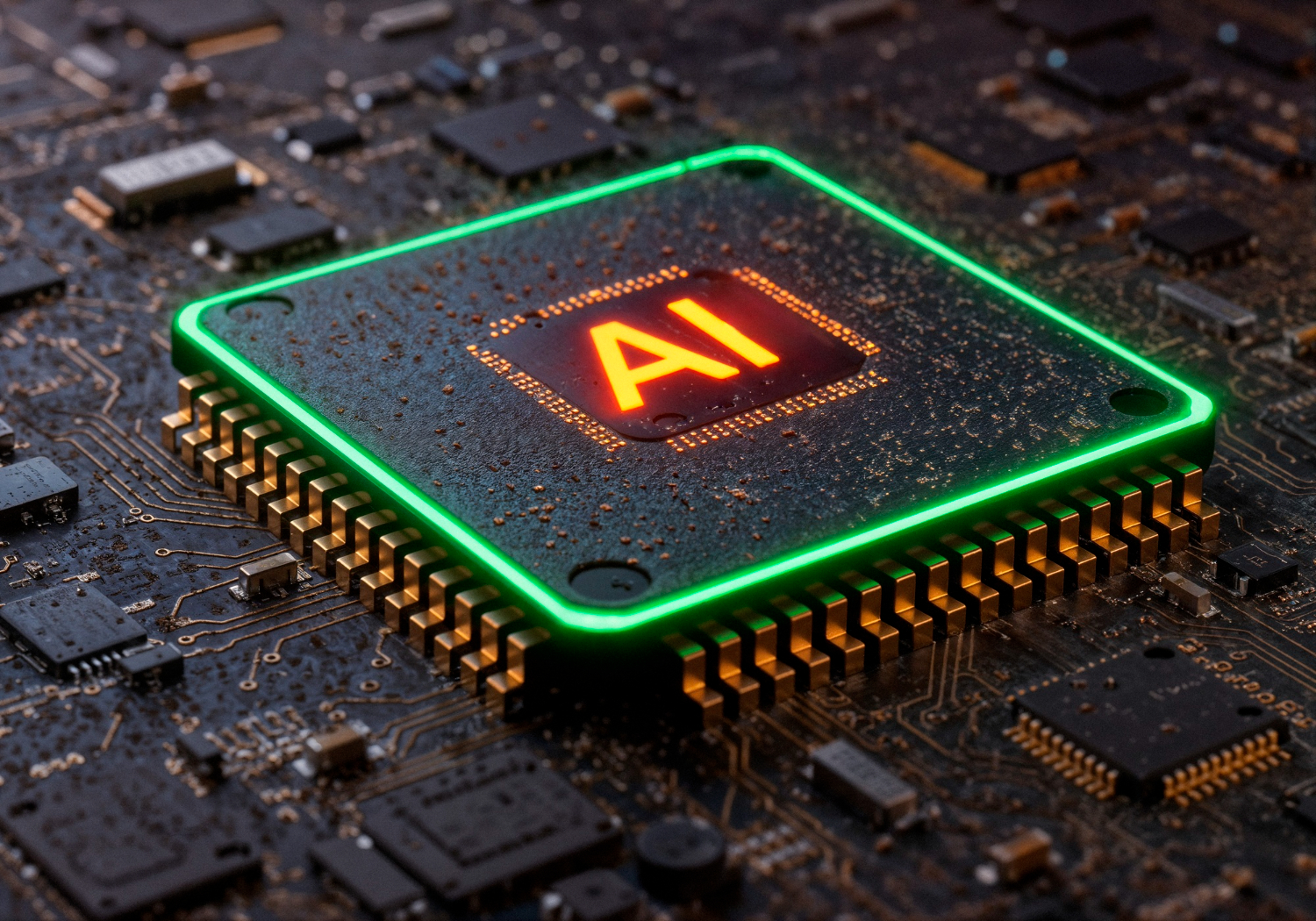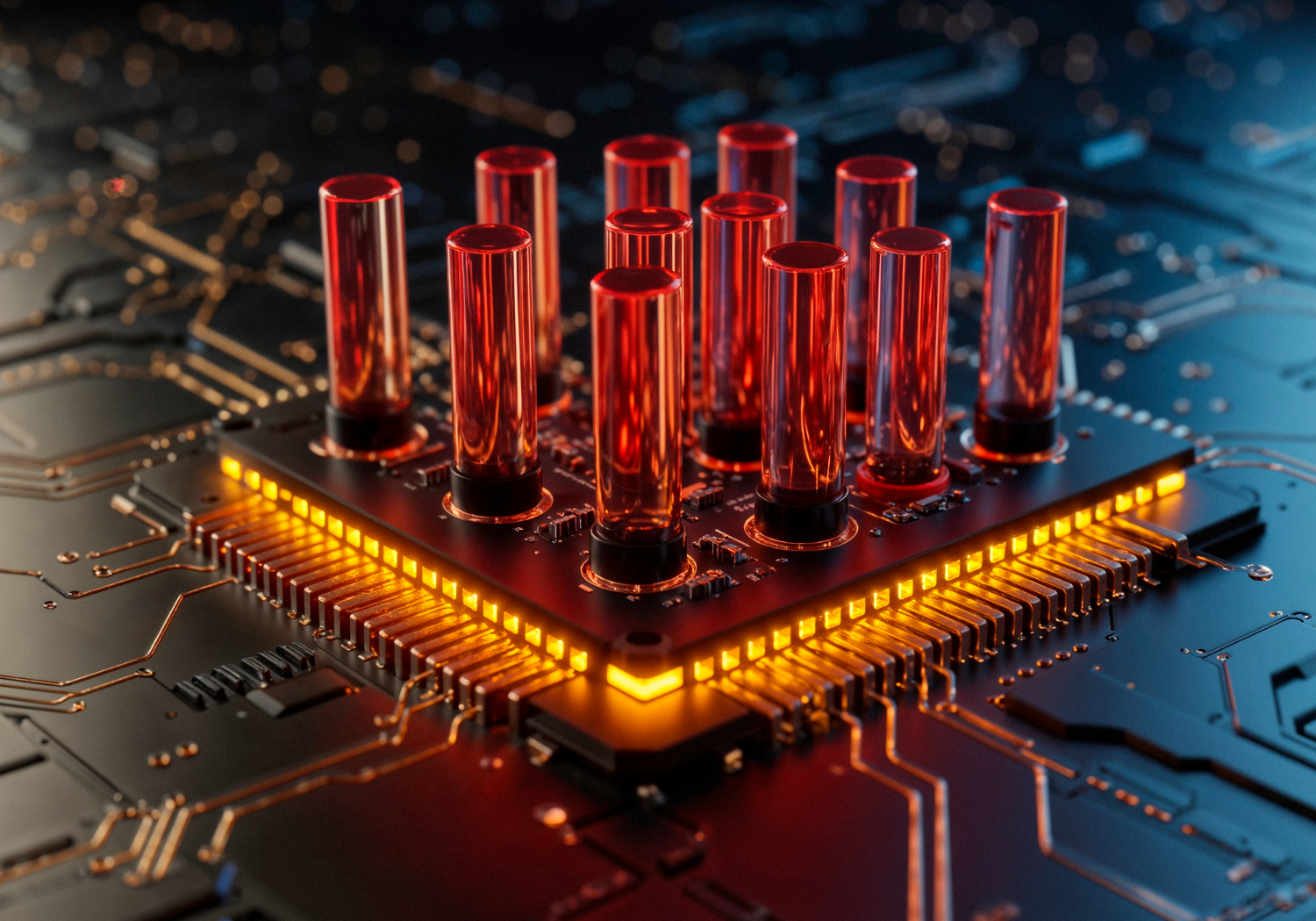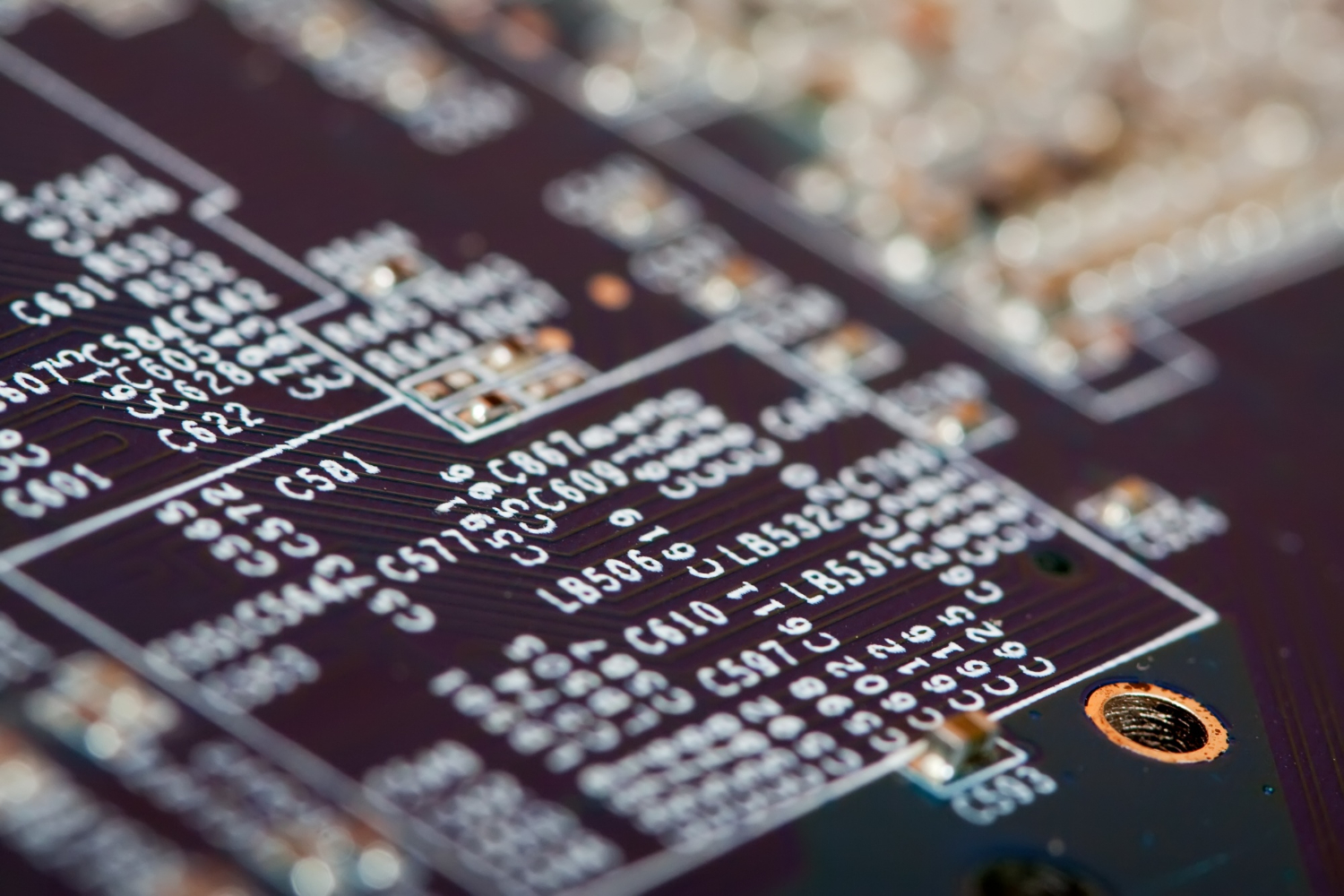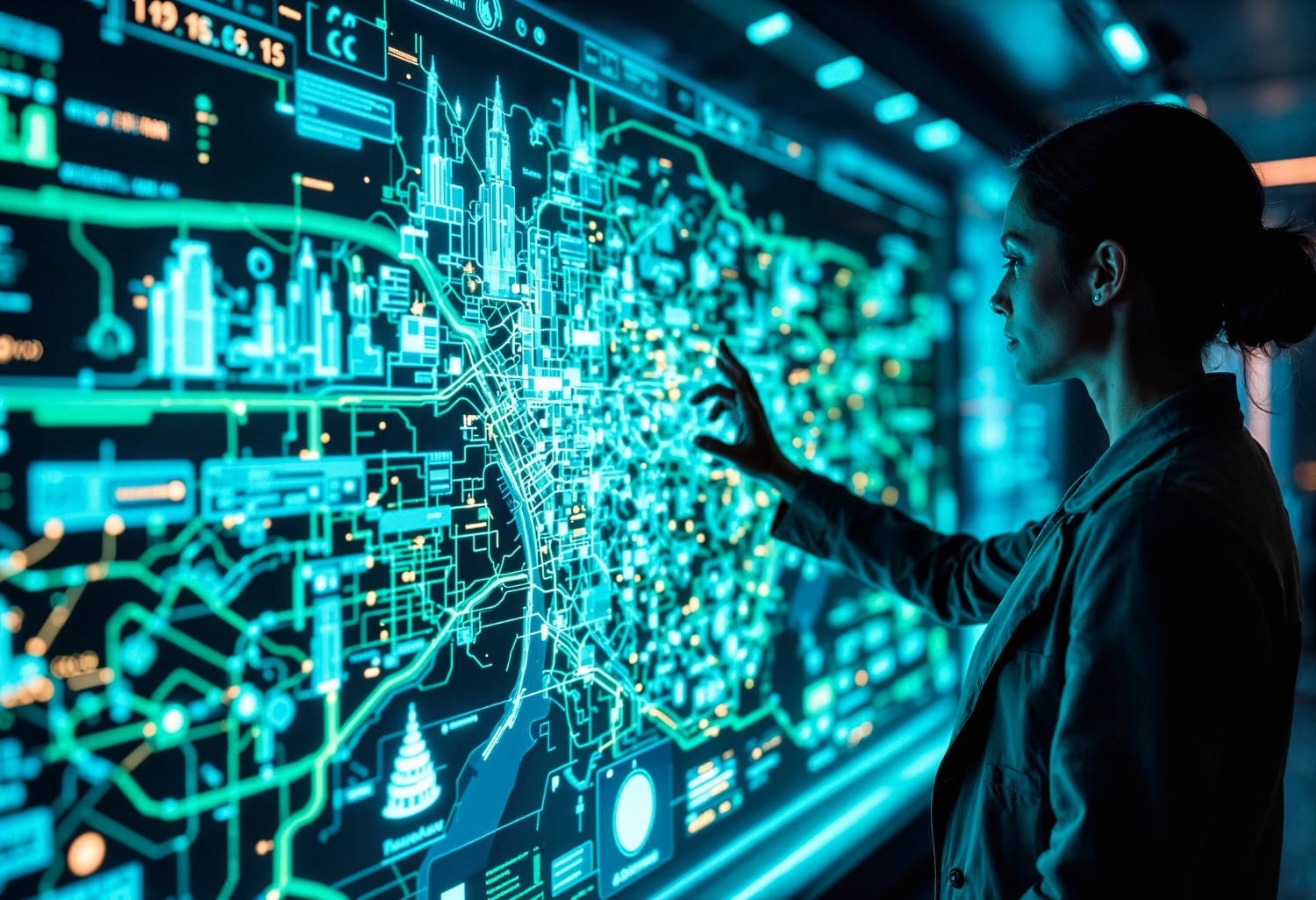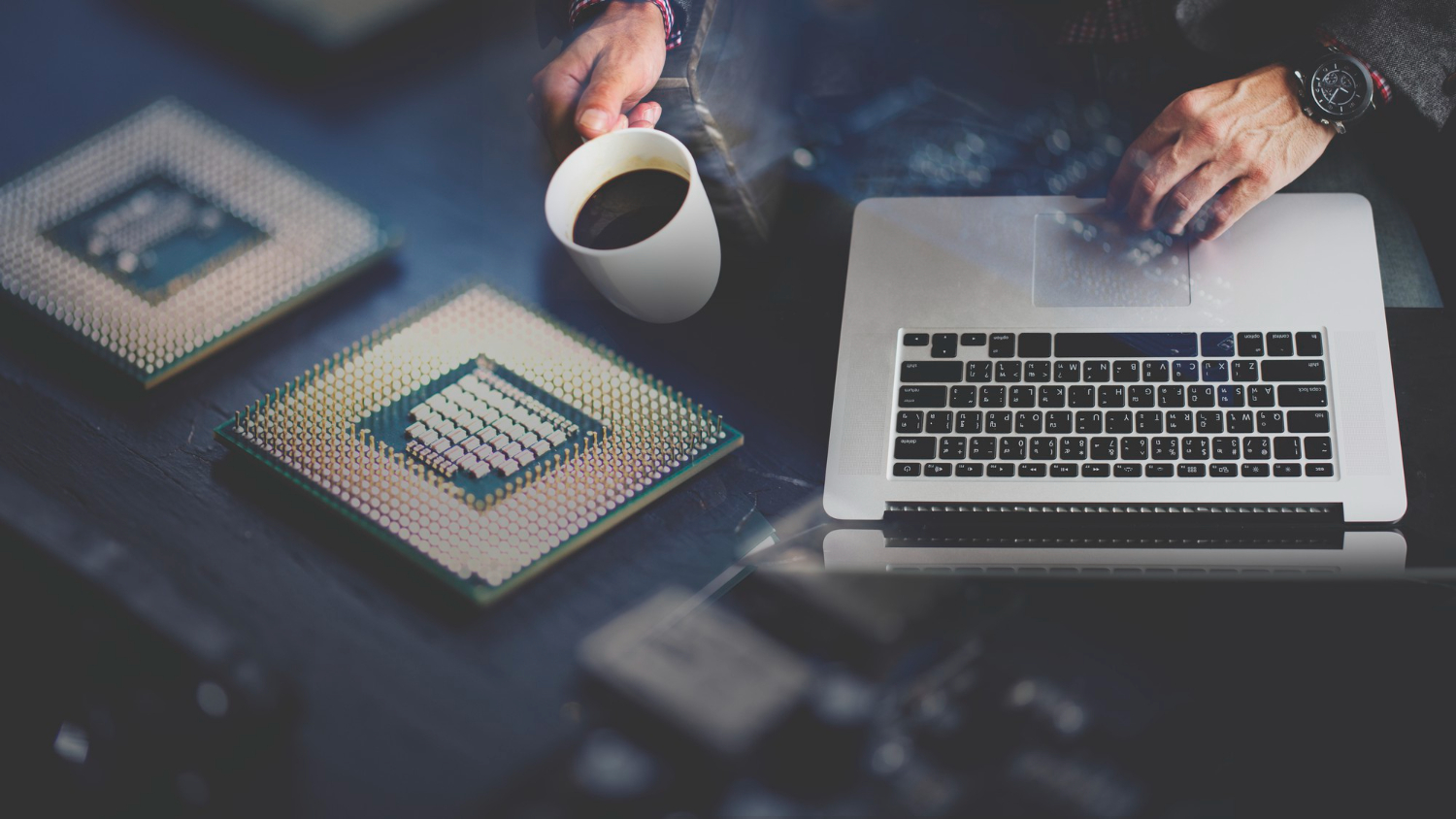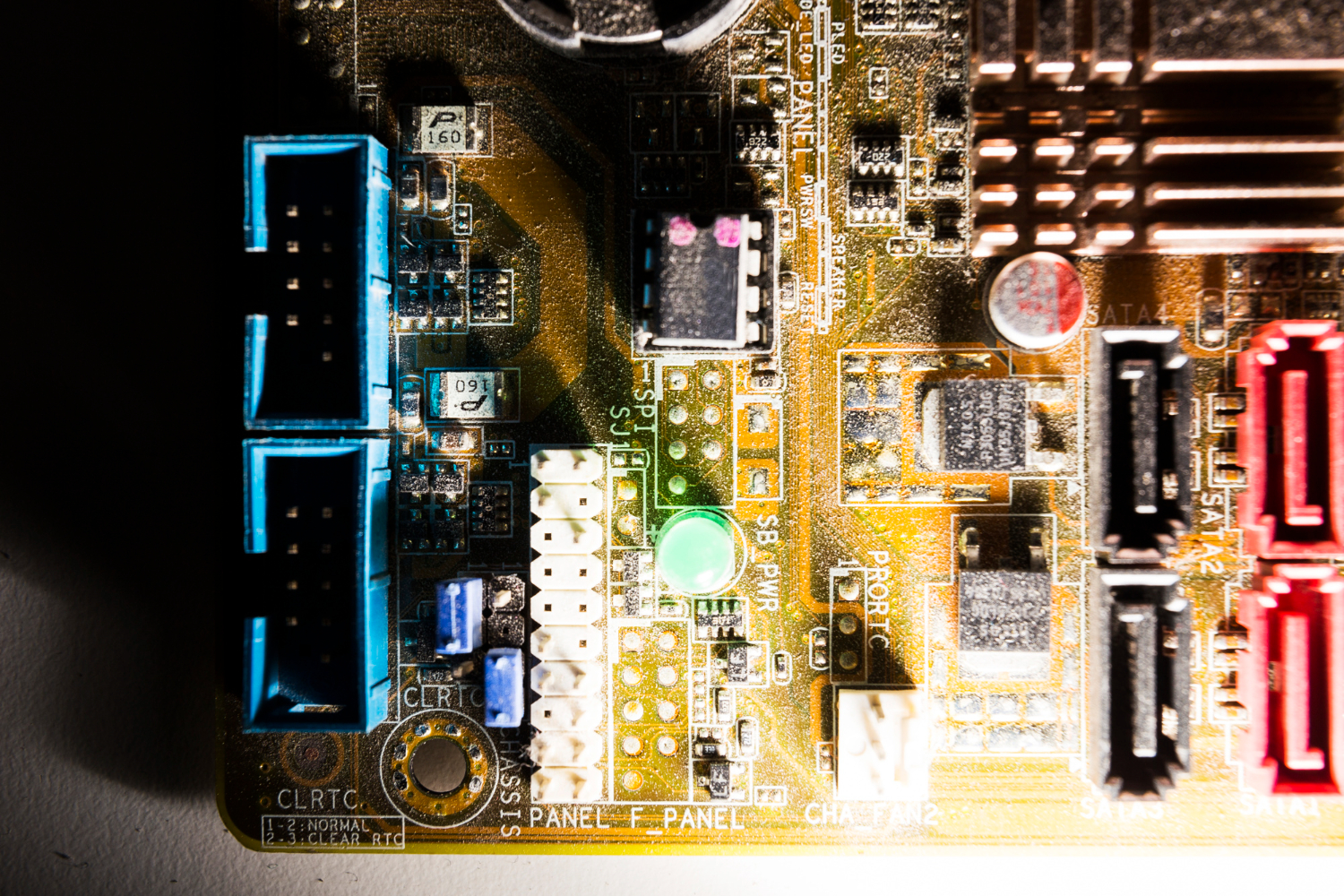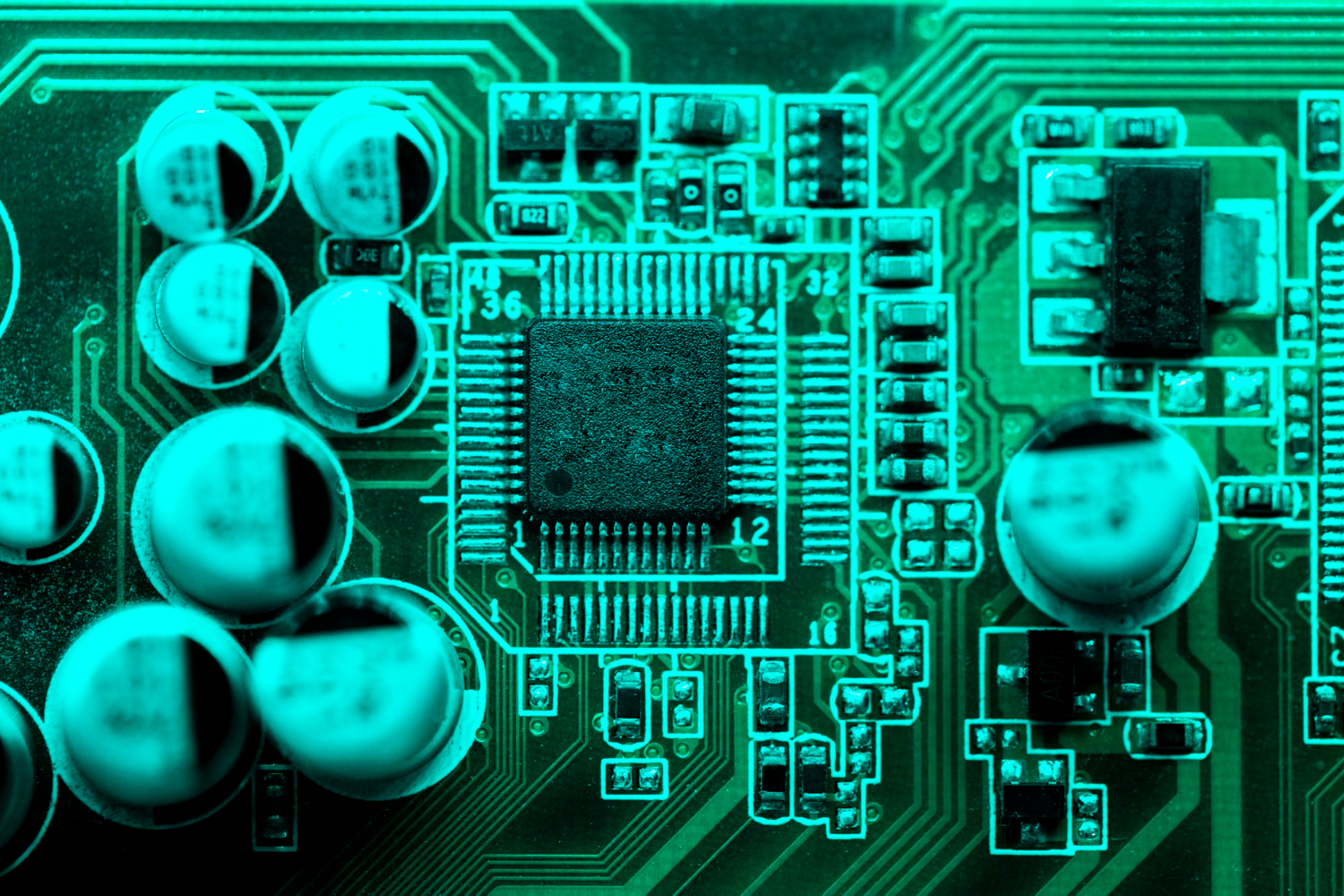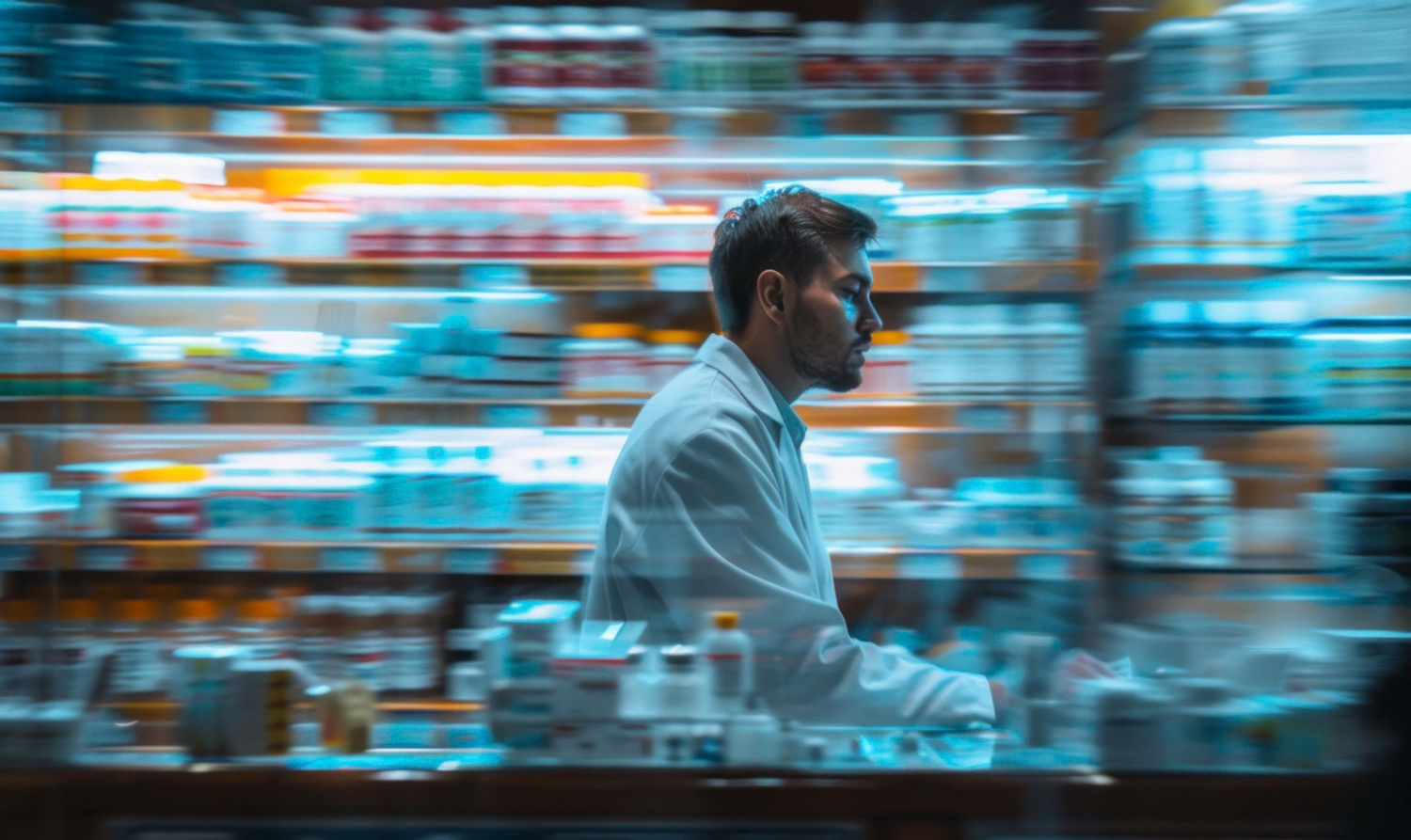Artificial Intelligence (AI) is no longer limited to traditional software development or problem-solving tasks. With the rise of generative AI, we’re witnessing the emergence of AI art, a fascinating blend of technology and creativity. From creating visually stunning artwork to enhancing software user experience, AI art has quickly become a key player in the world of digital innovation. In this article, we’ll explore various use cases for AI art, its impact on the development process, and how it is shaping the future of creative industries.
The Rise of AI Art
AI art is the creation of artwork generated by AI models. Unlike human-created art, AI generated images are often produced by machines using large sets of data and complex algorithms. These AI systems can generate art that ranges from abstract compositions to photorealistic representations.
AI art is typically created using generative AI, a subset of machine learning that can produce new content by learning patterns from existing data. For example, an AI art generator might take thousands of digital paintings as input and use that training data to generate images that mimic the styles or elements of those paintings.
The ability of AI to generate images has created new possibilities for artists, businesses, and developers. It has expanded creative horizons and enabled tasks that were once considered time-consuming or impossible.
Use Cases for AI Art
AI art has found applications across multiple sectors, demonstrating its versatility and utility in various creative processes. Below are some prominent use cases where AI art has made an impact.
Enhancing User Experience in Software Development
One of the exciting ways AI art can be applied is in software development. When designing apps, websites, or games, developers need visually appealing content to engage users. By incorporating AI art generators, developers can quickly generate art for backgrounds, icons, and other interface elements. This improves the user experience, as high-quality visuals can enhance how a user interacts with the system.
For example, a developer working on a gaming app may use an AI image generator to create unique in-game assets or avatars. Instead of manually designing each asset, the AI can automatically create diverse options, reducing the workload and speeding up the development process.
Generating Customised Marketing Content
Another use case for AI art is in the realm of marketing. Companies are increasingly using AI generated images to create high-quality visuals for social media posts, advertisements, and promotional materials. With generative AI, marketers can easily tailor visuals to specific demographics or campaigns, ensuring their messaging resonates with the target audience.
For instance, a fashion brand might use an AI art generator to create customised artwork for different product lines, helping to maintain a cohesive but unique visual identity across various platforms.
AI Art in Game Development
AI art is becoming increasingly popular in the game development industry. Developers can use AI to create computer-generated environments, character designs, or even entire game worlds. Instead of spending months designing every aspect manually, AI models can produce numerous variations in much less time.
This allows game developers to experiment with different art styles or designs while reducing production costs. AI art can also be used for procedural generation, where the game environment changes dynamically based on player input, offering a more interactive and personalised experience.
Automating Artistic Production for Retail
Retail companies are also finding ways to utilise AI art to streamline their operations. From customising product designs to generating unique packaging visuals, AI art generators can automate many of the tasks that human designers would typically handle.
For example, companies can use AI to create generated images of product mockups, eliminating the need for physical prototypes. This is particularly useful for online retail, where customers can visualise how a product might look or fit before making a purchase. The use of AI art helps retailers quickly adapt to trends and seasonal changes in customer preferences.
Augmenting Human Creativity
While some people may see AI art as a threat to traditional artists, many are using it to augment their creative abilities. Artists can collaborate with AI art generators to produce artwork that would be difficult or impossible to achieve alone. AI-generated art can offer inspiration, provide new ideas, and assist in overcoming creative blocks.
AI can take over repetitive tasks, such as creating patterns or resizing images, allowing artists to focus on more creative aspects of their work. Additionally, by using AI-generated elements as a base, artists can add their own touch, blending AI art with human creativity.
Writing a Use Case for AI Art Integration
For businesses looking to integrate AI art into their processes, writing a solid use case is essential. A use case describes how users interact with a system and outlines the steps involved in achieving a specific goal. In the context of AI art, it can demonstrate how the technology can be implemented effectively.
When writing a use case, it’s important to define the key components, such as:
-
Actors: Identify the users who will interact with the AI system (e.g., developers, marketers, or artists).
-
Successful Scenario: Outline the desired outcome, such as generating a set of high-quality images for a marketing campaign.
-
Alternate Flows: Consider possible variations in how users might interact with the system and potential alternative paths for achieving the goal.
-
System Interaction: Define how the AI art system will be integrated into the existing workflow, including how users interact with the system and what data or input is required.
-
Developers and Testers: Identify the roles of developers and testers in ensuring the system works efficiently.
An effective use case helps clarify the implementation process and ensures that everyone involved understands their roles and the system’s functionality.
AI Art in UX/UI Design
A growing use case for AI art is in UX/UI design. AI generated images can help designers create personalised and dynamic interfaces that improve the user experience. For instance, a weather app might use AI art to automatically generate background images that reflect real-time weather conditions, enhancing the user’s connection with the app.
This use of AI art improves both the aesthetics and the functionality of digital products, leading to a more engaging experience for the end-user.
AI Art in Social Media and Smart Marketing
In today’s digital age, social media and smart marketing have become essential tools for brands to connect with their audience. AI art plays a significant role in this landscape by offering innovative ways to create engaging content and personalised marketing strategies. Here are some real-life examples of how AI-generated images and generative AI are being used in social media and marketing.
Social Media Content Creation
Brands like Nike and Coca-Cola have started to integrate AI art generators into their social media strategies. These brands use AI-generated images to create visually appealing content that resonates with their audience. By leveraging text prompts and AI models, they can quickly produce a variety of high-quality visuals that align with their brand identity and messaging.
For instance, Coca-Cola launched a campaign where users could submit their own ideas for designs, and the AI art generator would produce unique artwork based on those ideas. This not only increased user engagement but also showcased the brand’s commitment to innovation.
Similarly, Nike uses AI-generated content to personalise its social media posts. By analysing data from customer interactions, the AI system can create customised visuals that target specific user demographics, making the content more relevant and engaging.
Smart Marketing, Smarter Solutions: AI-Marketing & Use Cases
Personalised Advertising
Another exciting application of AI art is in personalised advertising. Companies like Netflix and Spotify have pioneered the use of AI-generated images to create personalised ads that cater to individual user preferences. By analysing user behaviour and preferences, these platforms use generative AI to produce tailored visuals that appeal to specific segments of their audience.
For example, Netflix uses AI art to generate personalised movie posters for each user. The AI system creates different versions of a movie poster based on what it knows about the user’s viewing habits. If a user prefers action movies, they might see a poster highlighting the action scenes, while a fan of romance might see a poster focusing on the love story.
This personalised approach not only enhances user experience but also increases the effectiveness of marketing campaigns. When users see content that is tailored to their tastes, they are more likely to engage with it, leading to higher conversion rates.
Dynamic Email Campaigns
AI art is also being used to enhance email marketing campaigns. Companies like Adobe and Mailchimp use AI-generated images to create dynamic email content that changes based on user interactions. By integrating AI art generators into their email platforms, these companies can produce personalised visuals that adapt to the recipient’s preferences.
For instance, an e-commerce brand might use AI-generated visuals to showcase products that are similar to items a user has previously purchased. If a user clicks on a specific product in an email, the AI system can generate new images featuring related products in subsequent emails, creating a more engaging and personalised shopping experience.
This dynamic approach to email marketing not only improves user engagement but also increases the likelihood of repeat purchases, as users are more likely to find products that match their interests.
Influencer Collaborations
Influencers are increasingly using AI art to stand out on social media. AI art generators allow influencers to create unique and visually striking content that captures the attention of their followers. By collaborating with brands, influencers can use AI-generated images to create content that aligns with the brand’s aesthetic while also maintaining their personal style.
For example, an influencer working with a fashion brand might use an AI art generator to create customised outfit visuals that blend the brand’s clothing with the influencer’s own creative vision. This not only enhances the visual appeal of the content but also helps the brand reach a wider audience through the influencer’s followers.
Social Media Filters and Effects
Platforms like Instagram and Snapchat are incorporating AI art into their filters and effects, allowing users to create and share unique content. These platforms use AI-generated visuals to develop new filters that users can apply to their photos and videos, making their content more engaging and interactive.
For example, Instagram uses AI art to create filters that transform a user’s selfie into a stylised artwork, mimicking famous art styles or creating entirely new visual effects. This use of AI-generated content encourages users to share their creations, driving more engagement on the platform.
These filters not only provide entertainment but also serve as a powerful marketing tool for brands. By sponsoring AI-powered filters, brands can reach millions of users, who then share branded content with their followers, amplifying the brand’s reach.
How TechnoLynx Can Help
At TechnoLynx, we specialise in integrating AI solutions into various business workflows. Whether you need AI-generated visuals for marketing, game development, or UX design, we have the expertise to help. Our team of developers and testers work with the latest AI technologies to ensure that your business can benefit from high-quality and cost-effective AI solutions.
We can help you define and implement use cases for AI art, guiding you through the entire development process to ensure a successful outcome. Reach out to us to learn more about how we can assist with your AI art integration.
Read more: AI in Digital Visual Arts: Exploring Creative Frontiers
Image credits: Freepik

